Articles by Emily Kaiser Maharjan

Ben Bergo, CEO of Visus Therapeutics, announced the acquisition of all patents and other assets of ViewPoint Therapeutics, which will accelerate development of novel alpha-crystallin chaperone compounds as a non-surgical treatment for age-related cataracts.
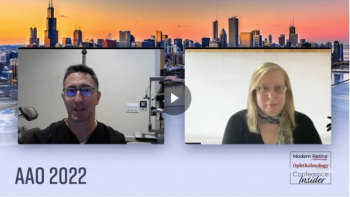
Roger A. Goldberg, MD, MBA, discusses his 2022 AAO poster: "T&E-Based Personalized Treatment Interval Dynamics in the YOSEMITE/RHINE Trials of Faricimab in DME."
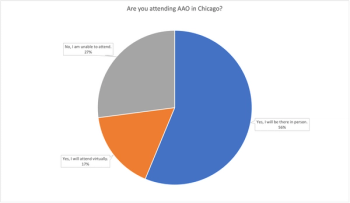
Results from our recent poll regarding AAO 2022 attendance indicate that most ophthalmologists and retina specialists plan to participate in the Annual Meeting in person in Chicago, Illinois.
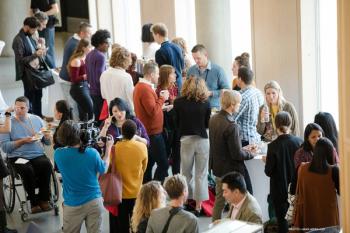
We're polling ophthalmologists about attendance at the 2022 American Academy of Ophthalmology Meeting in Chicago, Illinois. The poll is now closed.
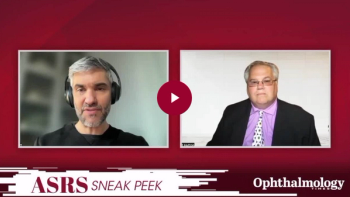
Charles Wykoff, MD, took the stage at the American Society of Retina Specialists annual meeting in New York to present a talk titled “Suprachoroidal Delivery of RGX-314 Gene Therapy for Diabetic Retinopathy: Phase II ALTITUDE Study.” He discusses results of the trial, which showed improvements for patients diagnosed with diabetic macular edema and non-proliferative diabetic retinopathy, with notable improvements according to the Diabetic Retinopathy Severity Scale.
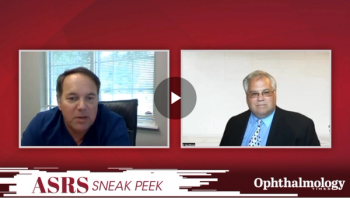
Lloyd Clark, MD, highlights his ASRS presentation focusing on the PANORAMA study detailing the use of aflibercept in the management of diabetic retinopathy.
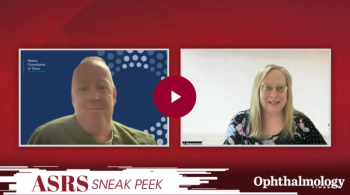
David Brown, MD, highlights his ASRS poster that includes 44-week data for a four-times-higher dose of aflibercept in a real-world setting.
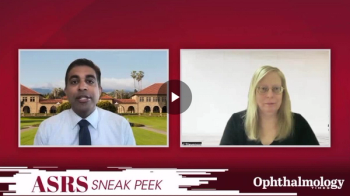
Rahul Khurana, MD, shares a preview of his ASRS poster based on an analysis of the second year of the VIEW 1 and VIEW 2 studies comparing aflibercept and ranibizumab treatment arms.
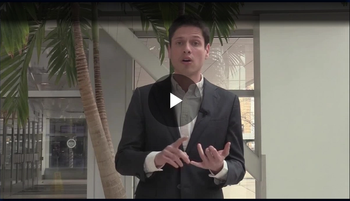
The study assess retinal blood biomarkers using a new prototype OCT, aiming to measure retinal biomarkers such as blood flow volume, average velocity, and vessel diameter with a new prototype.
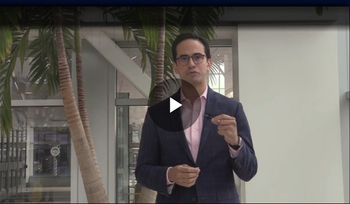
Carlos Quezada Ruiz, MD, senior medical director at Genentech, discusses “Predicting optimal treatment regimen for patients with neovascular age-related macular degeneration using machine learning.”
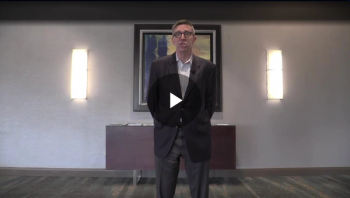
As novel therapies in the pipeline are aiming to decrease the rate of GA expansion—the endpoint Karl Csaky, MD and Fredrick Ferris III, MD, identified in 2007—Dr. Csaky reinforces on the importance of preserving the central retinal tissue.
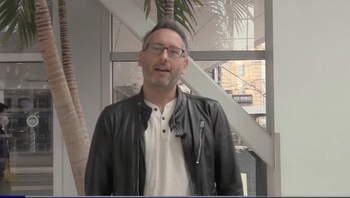
At ARVO 2022 in Denver, Colorado, Timothy Blenkinsop, MD, presented “3D Eye Organoids with Distinct Cornea.” His presentation outlined how these organoids have developed sophisticated cornea structures.
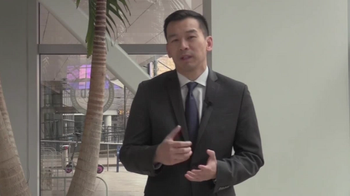
The Phase 3 integrated PEACHTREE and AZALEA study data revealed strong safety and efficacy for triamcinolone acetonide via suprachoirodal injection.
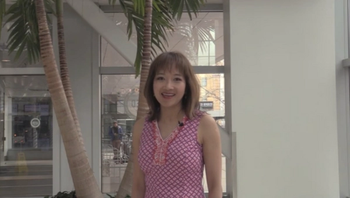
Diana Do, MD, professor of ophthalmology at Stanford's Byers Eye Institute, presents research on a newly developed, novel patient-reported outcome instrument (PRO) for patients who have proliferative diabetic retinopathy and who are undergoing treatment with either intravitreal anti-VEGF therapy, or panretinal photocoagulation.
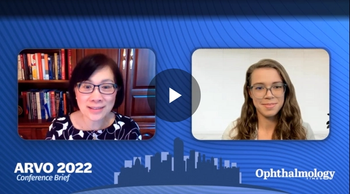
Jennifer I. Lim, MD, FARVO, FASRS, reviews the 2-year results of the YOSEMITE and RHINE trials, outlining the efficacy, durability, and safety of faricimab in diabetic macular edema.

Mike Watson, Vice President of OraNet, unpacks some of the most pressing challenges to clinical research in today’s climate.
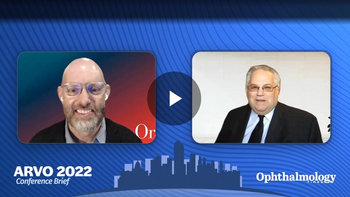
Dr. David Bingaman of Ora Clinical discusses today’s need to accelerate clinical studies and increase investments in retina and challenging disease states.
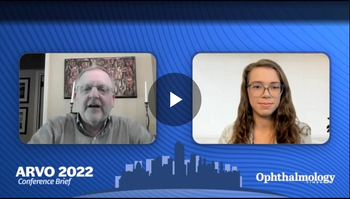
At ARVO 2022, Jason S. Slakter, MD, presents data on the efficacy and safety of OPT-302 when combined with ranibizumab for polypoidal choroidal vasculopathy.

Lisa Nijm, MD, advises young ophthalmologists on how to find common ground with their preferred practice and find solutions in the negotiation process that will help both parties flourish.

A complete understanding can help ophthalmologists get better results for their patients.
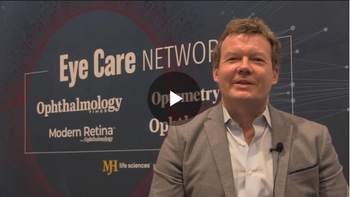
Dr. Raymond Douglas discusses the real-world adherence to teprotumumab as a treatment for thyroid eye disease.
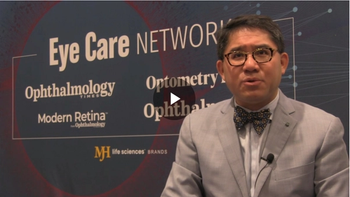
Dr. Quan Dong Nguyen reviews a Monte Carlo simulation that showed evidence that treating severe NPDR with anti-VEGF therapy garners positive results.
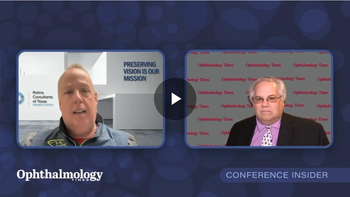
At Angiogenesis, Dr. David Brown presented the Phase 2 results of the CANDELA study for high dose aflibercept 8 milligram for wet AMD; here, he discusses those results.
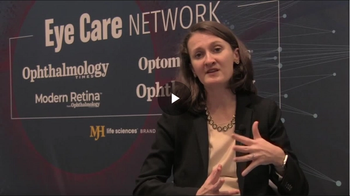
Dr. Katherine Talcott discusses baseline factors—CST thickness, hemoglobin A1C, and baseline vision—and their effects on DME resolution.
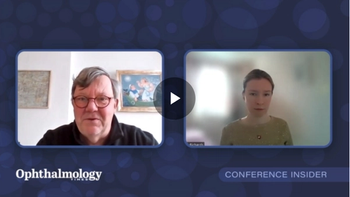
Dr. Carel Hoyng divulges the main takeaways from his Angiogenesis presentation, including the origins of Stargardt disease, correct diagnosis, ongoing gene therapy trials and the future of therapy.
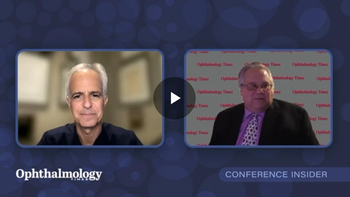
Dr. Carl Regillo discusses the 100-week results of KESTREL and KITE, two pivotal Phase 3 studies for brolucizumab for the treatment of diabetic macular edema.
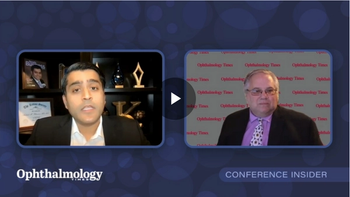
Dr. Arshad M. Khanani reviews the Phase 2 part A results of the KALAHARI study of THR-149 for the treatment of DME.
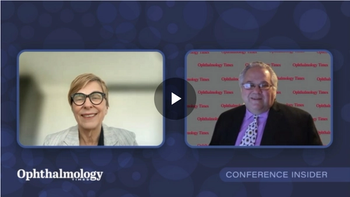
During her talk at Angiogenesis, Dr. Loewenstein outlines how artificial intelligence could revolutionize diabetic retinopathy screening.
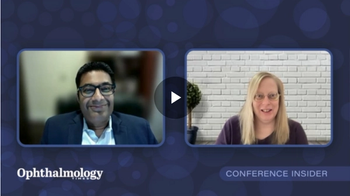
At Angiogenesis, Dr. SriniVas R. Sadda discusses how choriocapillaris may predict the rate of progression of atrophy.
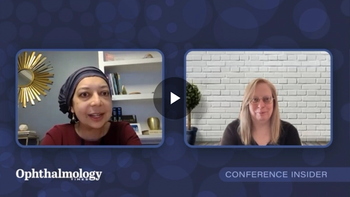
Dr. Nadia K. Waheed reviews the latest updates on the FOCUS trial, evaluating AAV-based viral vector GT005 for the treatment of geographic atrophy.


































.png)


